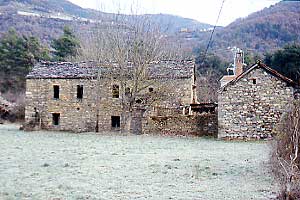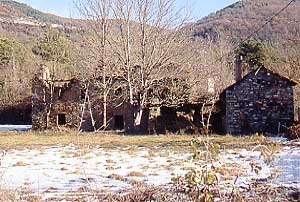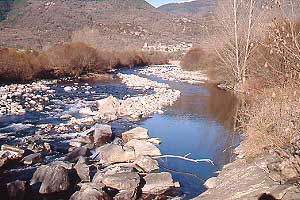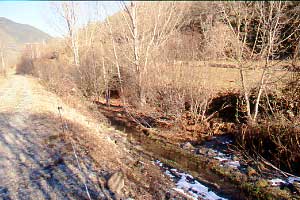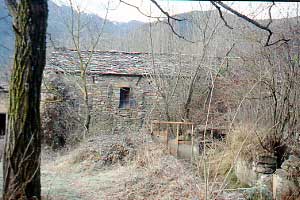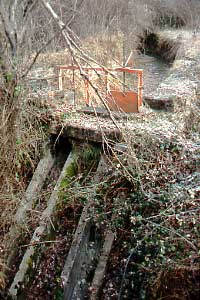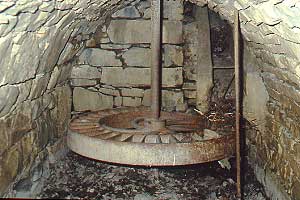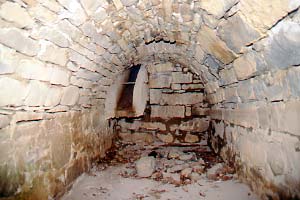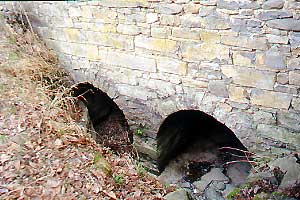Path: Introduction -
Visit the mills; catalogue - Sarvisé

Mills in Altoaragón - harinero, central eléctrica
Sarvisé

Sarvisé is situated close to Broto and The Ordesa National Park.
From Broto take the main road towards L'Ainsa. You'll reach Sarvisé after a few kilometers.
Take a look at the picnic spot at the right side of the road at the entrance of the village.
From the plaza cross the main road and walk to the west towards the river. You'll soon find the mill at your right hand side.
The mill is fed with water from the Río Ara.
The mill is fed with water from the Río Ara.
